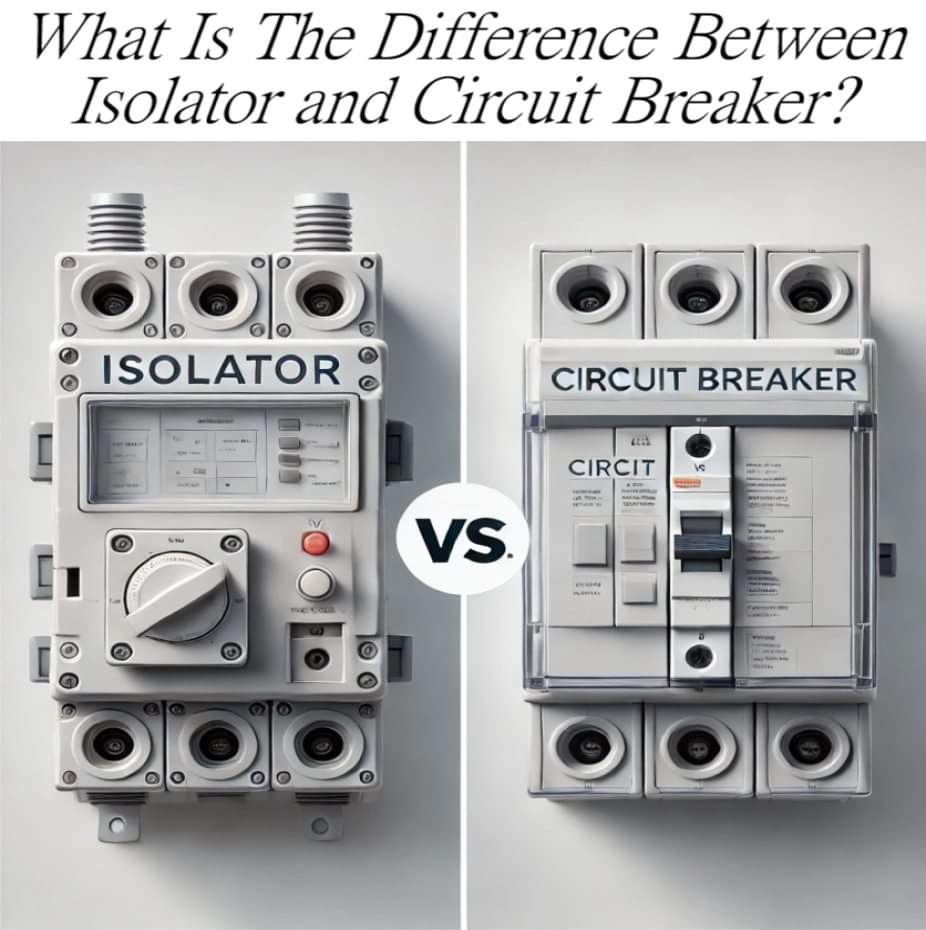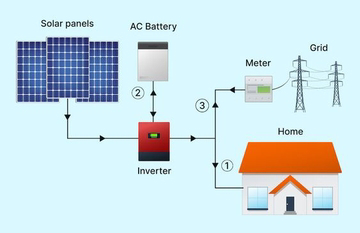Key Components:
1. DC Motor: The actual motor that drives the movement.
2. Feedback Device: Typically an encoder or potentiometer, this device continuously monitors the motor's position.
3. Controller: A circuit or microcontroller that processes the feedback and adjusts the motor's speed or direction.
4. Gearbox: Often used to increase torque or reduce speed, making the servo motor more powerful in applications requiring precise movement.
How It Works:
1. Input Signal: The controller receives an input signal, usually a pulse-width modulation (PWM) signal, which specifies the desired position of the servo.
2. Positioning: The controller compares the desired position (from the input signal) with the current position (from the feedback device). If there is a difference, it sends a signal to the motor to move in the required direction.
3. Movement: The motor rotates, and the feedback device continuously checks the motor's position. Once the desired position is reached, the controller stops the motor or adjusts it if necessary.
4. Closed-Loop Control: If the servo moves out of position due to external forces or errors, the feedback system detects the discrepancy and corrects it, allowing precise control.
In short, a servo motor is designed to move to a specific position and maintain that position precisely by constantly adjusting based on feedback from its own position sensor.











